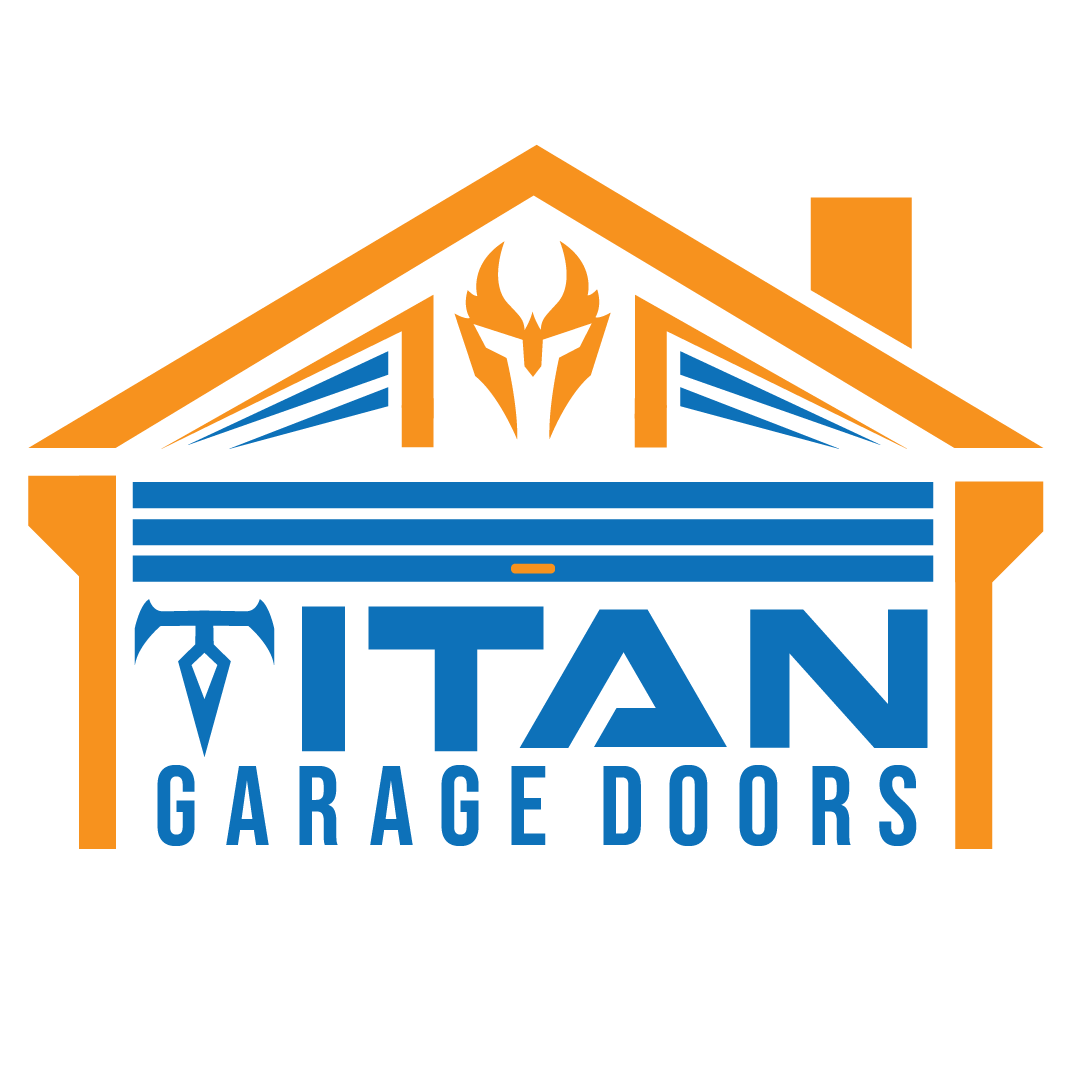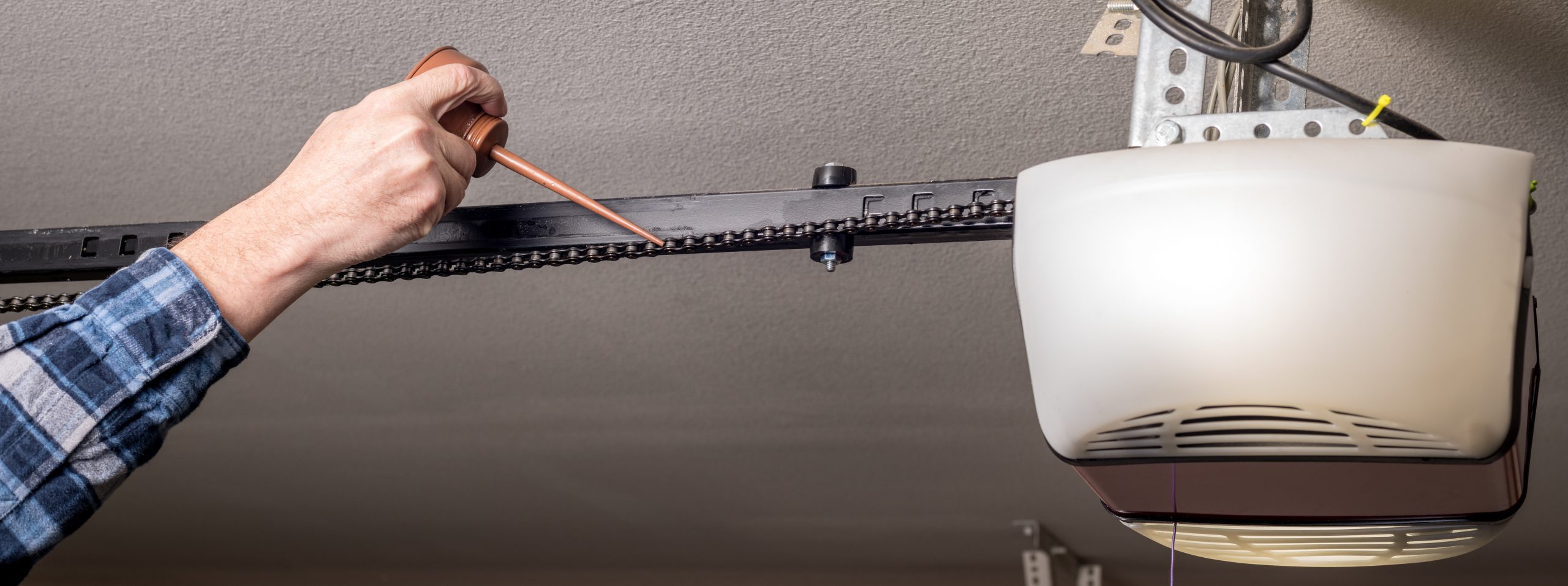Lubrication is central to the proper maintenance of your garage door. Here’s how to do it correctly and easily.
Garage doors are now a major design element in many homes. They do more than just give you access to store your vehicles – they increase your resale value.
Replacing your garage door can increase the remodeling payback value up to 18.6%, says Harvard University’s Joint Center for Housing Studies.
But even if you plan to stay in your home, you want its garage doors to work quietly and properly. Metal grinding against metal isn’t just nerve-wracking, it signals
repeated wear and tear. Properly maintaining your garage door should be a priority. All it takes is some carefully selected lubricant and a bit of elbow grease.
3 Lubricant Types
There are three types of garage door lubricants – oil, white lithium or silicone. Each has advantages and disadvantages.
Oil-based lubricants
Oil-based lubricants are the most common but are messier and must be applied more often.
Silicon grease
Silicon grease is longer-lasting and the most weather-resistant. It helps protect your door from dirt and provides rust resistance.
White lithium grease
White lithium grease lubricates the metal parts of your garage door. But it isn’t the best choice if you live in an area with lots of rain.
Spray or Gel, not WD-40
Garage door lubricants come in spray and gel. Either works well, but sprays with straws attached get into the smaller areas of your garage door and its
mechanism. A combination of both spray and gel often makes your job easier.
While you may be tempted lubricate your garage door with WD-40 to, it isn’t a good option. WD-40 is a degreaser – the opposite of what you need for this job.
Tools You’ll Need
In order to complete the maintenance on your garage door, gather these items to make the job easier and safer:
- Cleaning rags
- Vacuum with hose attachment
- Step ladder
- Lubricant
Maintain & Lubricate
Lubrication is an essential part of your garage door maintenance. Don’t postpone it until you hear squeaks – the garage door may already be damaged. If you keep your garage door well maintained and lubricated, you limit its wear and tear.
To lubricate effectively, get familiar with its moving parts. Immobile parts don’t need lubrication, but it’s smart to wipe them clean with your rag.
Tracks
Your tracks don’t need lubrication, but they should be cleaned regularly to keep out dust and dirt. Vacuum the tracks to pick up loose debris and cobwebs. Then give
them a good wipe down so your rollers glide on a clean surface. Use your stepladder to reach the higher tracks.
Hinges
Note whether your hinges have metal or plastic parts. Clean plastic hinges with your rag to remove dirt and debris, but don’t grease them. Metal hinges need to be
lubricated at their pivot points.
Rollers
The wheels on your rollers may be either metal or nylon. For metal wheels, simply coat the rollers in lubricant and use a rag to remove any excess to keep it from dripping onto the floor or your vehicle.
Nylon wheels require a bit more care. Just lubricate the bearings that help the wheels rotate.
Springs & Bearing Plates
Use your step ladder to climb to where the springs at the top of both sides of the door. Lubricate both the springs and bearing plates.
Top Rail
The top rail is the located on your ceiling, so use your step ladder to reach it. There’s a chain inside the rail that raises and lowers your garage door. The
chain slides along the top of the rail, so make sure the tops on both sides are well lubricated.
Locking Mechanism
You don’t need to lubricate the lock unless it’s hard to lock or unlock it, or if your key sticks. An aerosol lubricant makes it easier to get the lubricant down
into the lock’s moving parts.
Lubricate Your Garage Door Soon
Now that you know what lubricant is best for your garage door, set time aside to perform this necessary maintenance. It will help your door last longer and keep
noise to a minimum.
If your door still makes too much noise or doesn’t function properly after you perform this maintenance, call in a professional for help.
Please contact us with your maintenance questions or for a free quote on repair or replacement.

